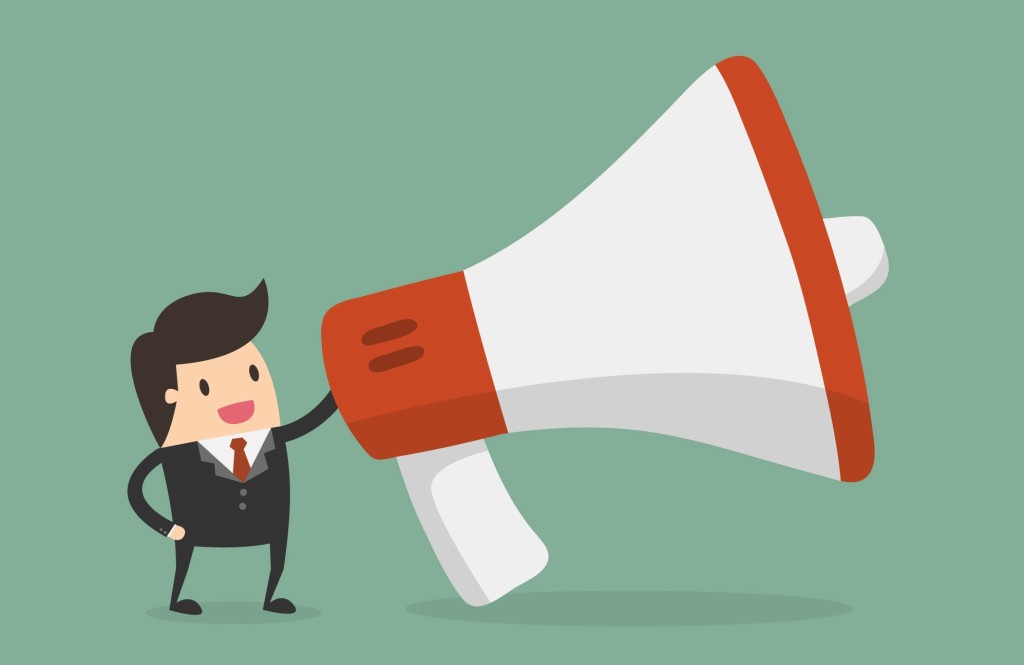The traditional way of thinking about the B2B sales funnel is basically a numbers game – the more leads you insert into the top of the funnel, the more sales you’ll eventually get at the bottom of the funnel. Once you know your basic conversion rate, it’s relatively easy to figure out how many leads you need going into the top of the funnel. For example, if you need 100 final sales and your conversion rate is just 1 percent, then you will need 10,000 leads to make your business model work.
If you think about that, you can start to realize why that classic B2B sales funnel is so staggeringly inefficient. What you need is a higher conversion rate, and the best way to do that is by making sure more of the the right leads enter the funnel. In marketing lingo, these are the “qualified leads” that are most likely to lead to a final sale.
So, if you really want to re-think the B2B sales funnel, you need to do a better of filtering the leads before they even go into the funnel. You can use a number of different tools at your disposal, including CRM software packages and analytics packages. Using these tools, you can do a better job of scoring leads, thereby ensuring that the best leads make their way into your funnel.
You also need to re-think the way you nurture customers through the funnel. In the old days, it meant sales reps going out and educating the customer. But the new model calls for a lot of customer self-education. More than ever before, customers are taking on the task of self-educating about a product. By the time they ever meet with a sales rep, they already have a good sense of what you offer and how it fits into their business needs.
The primary tools of customer self-education are your main website (and especially any product landing pages), emails, and social media posts. Each of these tools should provide enough information for customers to answer their own questions and to get the help they need.
Finally, it’s important to keep in mind the buyer persona. You no longer have a B2B sales funnel that’s static and unchanging. You can think of it as being dynamic, capable of conforming to meet the needs of customers and prospects. Your sales funnel should do a great job of anticipating needs, such as by changing or tweaking your overall marketing message. The goal is to make sure that every stage of the funnel is optimized to nurture the prospect to the next stage. Assuming that everything has been optimized, that makes it easier to make the final sale at the bottom of the funnel.
By re-thinking the B2B sales funnel, you’ll change your perspective of your business. You’ll focus as much on the quantity of leads as the quality of leads, and that’s going to lead to more sales at the end.
Image: Designed by Freepik

